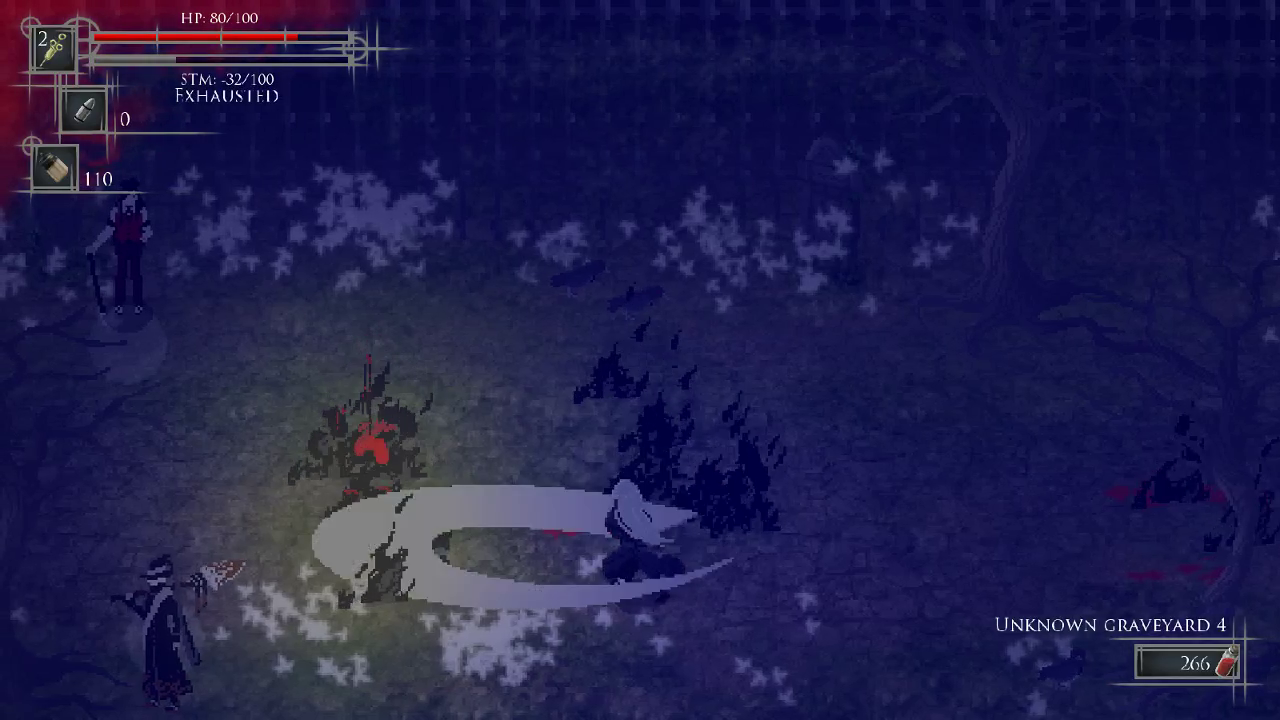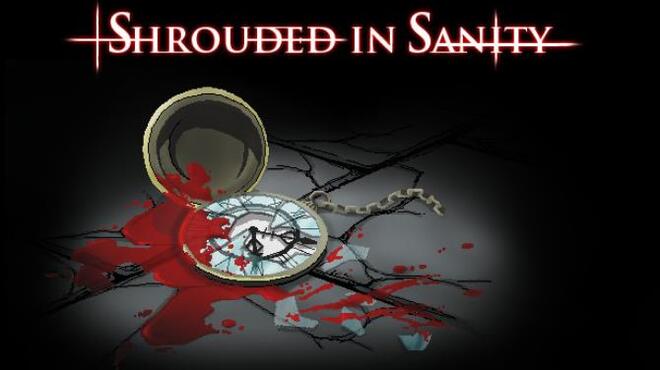


Remember the character I picked at the start? He really was fantastic when having a natter he wasn’t so good when being attacked by a large wolf. But then, there’s a brutal amount of chance misfortune thrown in on top. Kind of like a real expedition, I suppose. It's a clever application of a well-worn concept, forcing you to plan ahead and avoid any unnecessary backtracking. The trouble is, each tile travelled through reduces your ‘Sanity’, and if this hits zero, hoo boy. Back to Paris to hoover up your rewards, before you set sail once again.Īt least, this is the best possible scenario. And once you’ve tracked down Mezzleguffin's Eyeball? Great. Point and click on them however, and you'll gradually explore your way through the lot. Each map is split into tiles, and at first, they’re all shrouded in shadow. The aim of the game here is simple - find the treasure. Discover ancient ruins, learn more about local tribes, or return with a honking big treasure, and you'll be compensated with perks that persist between runs.Īs soon as you drop anchor, the perspective switches to a top-down affair. But they've got a solid reward scheme to make up for it. Okay, sure, they'll strip you of everything you've earned after a successful trip. With your ragtag crew in tow, the next step is to pick a sponsor to fund your trip: Lux Labs, Taishi Academy, or Royal Avalon Society (Robots, Airbenders, and Tea drinkers). The Roma Trader caught my eye as a companion, because I figured her trade experience would complement my smooth-talking anthropologist’s hunger for non-violent solutions. Then it's off to the bar, not only to sink a pint, but to recruit another ally. I opted for an anthropologist, as I preferred the idea of worming my way through situations with the gift of the gab. Your curious expedition begins as soon as you've picked an explorer. Honestly, it may be worth steering clear of this one, if that general territory doesn't sit right with you.īut with that underlined, here is the game. The tribes depicted in the game aren’t real-world ones, but still. That goal being, more often than not, to pilfer what's rightfully theirs. You use them as a tool, and their home as a resource, with which to pursue your goal. There’s no way round the fact that CE2 is reductionist in the way it presents indigenous cultures: tribes are lumped into tropey categories with predictable behaviours and little nuance. To be totally frank, before I get into how it plays, all the plundering involved left me feeling quite uncomfortable. Yes, for a start, there's potentially a lot in that premise yikes-wise. All the explorers’ societies are clamouring to exhibit the shiniest, rarest treasures, and they’re funding folks like you to head to distant islands and acquire them. It's 1889 (in the game), and the Paris World's Fair is about to begin. If I’m honest, I wish it was a little more forgiving. But it’s also a roguelike, and it really makes you bleed for them. It creates some fun narratives, like the one above. The Curious Expedition 2 is, at its heart, a machine for making rip-roaring adventure stories about heroic exploration and/or colonial plundering, depending on how generous you want to be to developers Maschinen-Mensch. Another slips on a rock and cracks their head, losing the knowledge of vital skills. Let's, um, march on, shall we? A few days later, an ally morphs into a flesh-eating ghoul. The next morning I awake to find one of the arguers rocking back and forth in a stupor, having just cannibalised the other. Not to worry, I think, as I ignore them and close my eyes. Just as I'm about to nod off, a heated argument erupts around the campfire. I wish I could strip the roguelike out of Curious Expedition 2 and just go on a curious expedition.


 0 kommentar(er)
0 kommentar(er)
